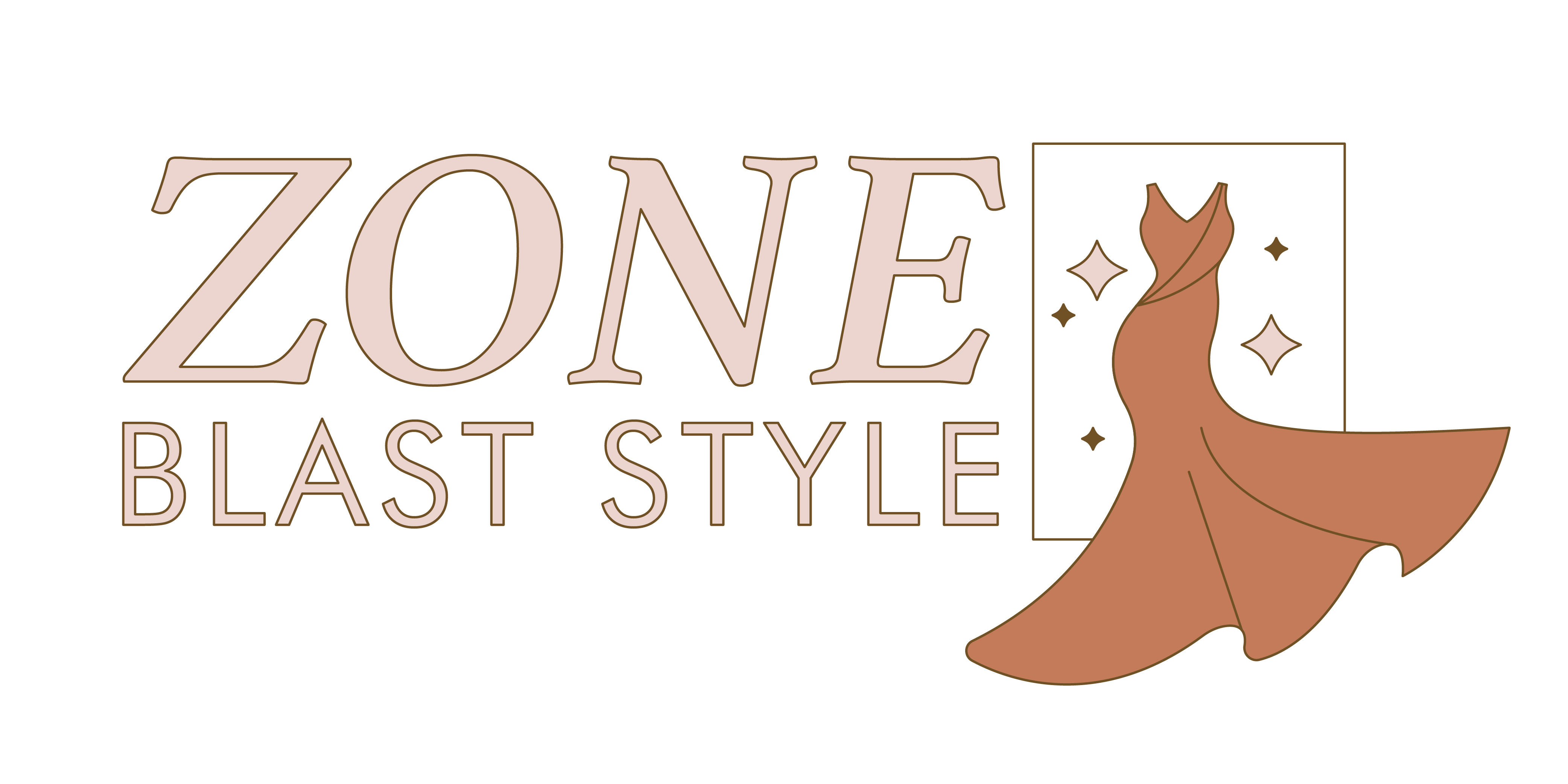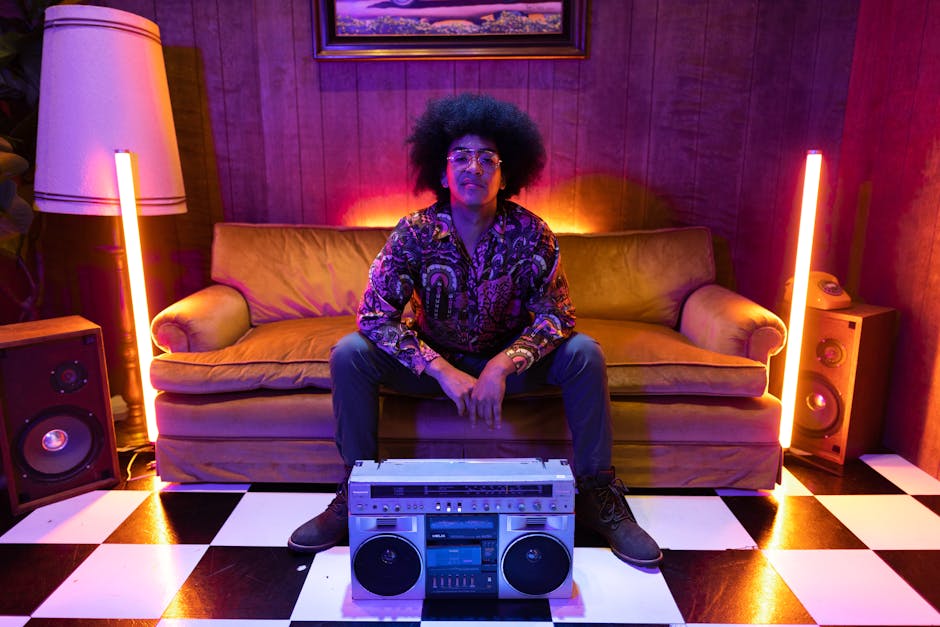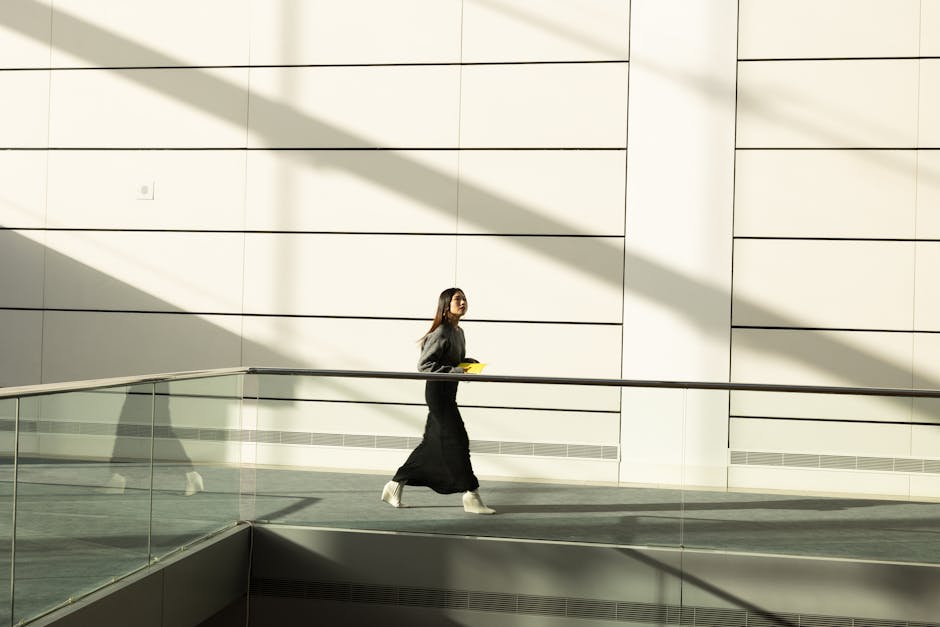Introduction: Fashion as a Cultural Mirror
Fashion doesn’t start on the runway. It starts in neighborhoods, rituals, histories, and conversations. Before it’s fabric, it’s a point of view. What we wear—whether it’s a kimono passed down for generations or a jacket patch that shows political grit—is ultimately a story we’re telling, even when we’re not trying to.
Culture is the blueprint. It drives the cuts, the colors, the fabrics, and the meaning behind them. From climate to caste systems, rituals to rebellion, what we wear is mapped by where we’re from and what we value. A headwrap might mean respect in one place and resistance in another. A ripped jean might not just be denim—it could be protest, angst, or freedom.
In today’s hyperconnected world, style is a collage. It’s made up of tradition and tweets, heritage and new hype. Cultural identity isn’t boxed into geographic borders anymore; it travels through music videos, street style blogs, and digital communities. As a result, modern fashion isn’t just global—it’s fused. Threads from Lagos show up in Paris. Tokyo techwear trickles into LA thrift stores. Styles remix and evolve, but the cultural heart behind them is what gives them weight.
Fashion isn’t just about looking a certain way. It’s about saying something—even when that something isn’t spoken out loud.
Historical Roots: Tradition Meets Expression
Long before fashion weeks and Instagram fits, what people wore told you almost everything—who they were, where they came from, what they believed. Ancient dress codes weren’t just functional; they were cultural scripts.
Take the kimono in Japan—its layered structure echoed values of modesty, precision, and social class. In Morocco, the flowing kaftan was adjusted for climate, but also status, often finished with elaborate embroidery reserved for the elite. Ceremonial garments—from Native American regalia to Indian saris—acted as visual languages, signaling rites of passage, marital status, or religious rank.
A lot of it came down to three things: climate, belief, and power. Hotter climates called for breathable linens and loose silhouettes. Sacred rituals dictated color palettes, fabrics, and patterns. And social hierarchies got stitched right into the seams—who wore what wasn’t just about taste, but about authority.
These traditions didn’t end—they evolved. Today’s runways borrow shapes, patterns, and symbols from these ancestral origins. Designers remix ritual with ready-to-wear. And even streetwear nods to ceremony, whether consciously or not.
For a deeper dive, check out The History of Fashion: Major Trends Over the Decades.
East Meets West: The Exchange of Aesthetics
Fashion has long been a global conversation, shaped by cultural exchange and historical events. As styles circulate across borders, traditional elements are often reinterpreted for modern audiences—sometimes with care, and other times with controversy.
Colonial Influence and Fashion Remixing
Colonial history left a deep imprint on the world’s dress codes. In many cases, fashion traditions were suppressed or blended with Western standards. Today, however, there’s a growing movement to reclaim these heritage styles through a new lens.
- Reclaiming Identity: Formerly colonized regions are reasserting cultural identity through fashion, often by infusing traditional designs with modern tailoring.
- Modern Reinterpretations: Garments once deemed ‘ethnic’ or outdated are appearing on global runways, now celebrated as statements of cultural pride and innovation.
- Designer Spotlight: Many contemporary designers from Africa, Asia, and Latin America are leading this shift—bridging past and present through intentional design language.
Traditional Elements in the Global Spotlight
As global fashion becomes increasingly diverse, specific cultural aesthetics are making a mark across leading fashion capitals:
- Asian Influence:
- Structural inspiration from the kimono and mandarin collar jackets
- Use of fabrics like silk, brocade, and natural dyes
- African Influence:
- Bold wax prints (Ankara), beading, and geometric patterns
- Experimentation with silhouettes rooted in tradition, such as the boubou or dashiki
- Indigenous Influence:
- Handwoven textiles, natural materials, and storytelling through pattern
- Embroidery and adornments grounded in ritual, heritage, and land
These styles are being reimagined in haute couture and ready-to-wear collections, often as centerpieces in major fashion shows and editorials.
Appreciation or Appropriation? Know the Difference
The more global fashion becomes, the more essential it is to interrogate how cultural references are used.
- Cultural Appreciation:
- Involves honoring the source community, including credit, collaboration, and context
- Allows space for education, empowerment, and artistic exchange
- Cultural Appropriation:
- Happens when elements are copied without understanding or acknowledgment
- Might exploit heritage without benefiting those it belongs to
Understanding intent and impact is key. As fashion continues to borrow across borders, creators and consumers alike have a responsibility to ask: “Who does this serve? Is the culture represented, or reduced?”
This ongoing dialogue is shaping a slower, more intentional fashion industry—one where diversity isn’t a trend, but a standard.
Pop Culture Power: Music, Film, and Fashion
Music and film don’t just reflect style—they create it. Hip-hop built an entire fashion ecosystem from scratch. Baggy jeans, sneakers, oversized tees—once underground, now runway staples. K-pop drives global trends with precision: idols in coordinated fits, designer collabs, and fresh spins on traditional Korean elements like hanboks or embroidered jackets. Meanwhile, Bollywood fuses glam and tradition—think lehengas with sneakers or sherwanis paired with hoodies. These aren’t just looks; they’re blueprints millions follow.
Subcultures that once sat on the edge of society now sit at the front row of fashion week. Punk’s safety pins and rebellion gave us DIY as aesthetic. Skate culture turned sneakers, hoodies, and simple tees into billion-dollar industries. Streetwear, once tied to a niche, is luxury now—worn by both skaters and CEOs.
Celebrities amplify it all. One outfit on tour or at a premiere, and suddenly, traditional garments go viral. A-list stars wear Nigerian gele headwraps, Bhutanese textiles, or Mexican huipils—not as costumes, but statements. Of course, how they wear them—and why—gets scrutinized. But the result is clear: culture is no longer a side note in fashion. It’s the headline.
Regional Spotlights
Africa
African fashion is in a fearless renaissance. Ankara prints, originally inspired by Indonesian batik and popularized in West Africa, are now worn with bold pride across runways from Lagos to Paris. These vibrant patterns, once relegated to tradition or “special occasion” status, are now everyday statements of cultural identity. Beadwork—especially from communities like the Maasai and Zulu—continues to influence both jewelry and garment detail in global collections. And Afro-futurism? It’s not just sci-fi aesthetics. It’s a movement—blending heritage with tech, symbolism with speculation. The result is fashion that doesn’t just reflect roots, but projects powerfully into the future.
Asia
Asia’s fashion has always walked the line between discipline and drama. In Korea, the hanbok is no longer confined to cultural festivals—it’s being reimagined with sleek lines and streetwear appeal. India’s saree, a physical embodiment of fluid elegance, is finding new forms in power silhouettes and luxury branding. Across the board, designers are pushing for minimalism without erasing heritage—clean-cut lines that give space for fabric, history, and craftsmanship to breathe. Whether it’s monochrome Japanese tailoring or high-tech Thai silks, the region shows how future-forward design can coexist with deep tradition.
Latin America
Latin American fashion is textured, political, and handmade. Embroidery isn’t just an aesthetic—it’s storytelling passed through generations, often by women reclaiming narratives through thread and color. Designers from Mexico, Peru, and Colombia are turning indigenous patterns into global fashion statements, without compromising origin or meaning. Textile choices—wool, cotton, natural dyes—talk about sustainability in a way that’s not trendy, but ancestral. Here, design is not just about looking good. It’s about standing for something.
Middle East
Modest fashion has stepped into the spotlight—and it’s not slowing down. What was once a niche category is now getting mainstream runway treatment, with abayas, kaftans, and hijabs designed for silhouette, fluidity, and movement—not just coverage. Gulf designers are weaving culture into couture. And global brands are paying attention too, launching dedicated collections that speak to a new wave of fashion-conscious consumers who demand elegance with values. It’s proof that modesty can be a choice of power.
Europe & North America
Think of these regions less as style centers and more as fusion labs. European and North American fashion are shaped by constant collisions—streetwear vs. high fashion, heritage labels vs. underground collectives. London turns immigrant culture into runway gold. New York distills diversity into street style. Paris still leans editorial, but even couture houses are collaborating with sneaker brands and digital creators. It’s chaotic, yes. But it’s vibrant. And it’s expanding what fashion means in the mainstream.
The global picture is no longer linear or top-down. Culture and style are moving in all directions—fast, loud, and unapologetically personal.
The Modern Shift: Cultural Hybridity in Style
Fashion isn’t just crossing borders—it’s being redefined by the fact that those borders matter less. Migration and the global diaspora have brought an exchange of style that goes both wide and deep. Clothing today isn’t about fitting in, it’s about standing out, and for many creators and consumers, that means drawing from multiple roots at once. A hijab paired with sneakers. A Korean hanbok worn like a streetwear jacket. These aren’t contradictions—they’re cultural statements.
Digital connectivity fuels this evolution. Social platforms are now global fitting rooms. You can discover a Kenyan beadwork brand through a Tokyo influencer, or fall in love with an Argentine handbag via a TikTok thrift haul. It’s not just exposure—it’s inspiration at scale. And those raised in that hyper-connected environment, particularly Gen Z, are leading the way.
Multi-cultural designers are refusing to play by old style rules. They’re combining heritage silhouettes with modern cuts, using traditional patterns in futuristic fabrics, and doing it all under their own labels—not for permission, but for representation. For Gen Z, this blend isn’t niche—it’s normal. Wearing your roots, especially when layered with others, is both personal and political. It turns fashion into language—one that says, “Here’s who I am, and everything I come from.”
In this new era, authenticity doesn’t mean purity. It means presence. Owning the mix, showing the clash, telling the whole story—stitched across every thread you wear.
Conclusion: Fashion’s Future is Cultural
To ignore the roots of fashion is to miss half the story. In a globalized world full of fast choices and flash trends, what stands out now is fashion with memory—designs that are steeped in history, shaped by community, and carried forward with purpose. Honoring origins isn’t just a nod to the past—it’s a responsibility. It acknowledges the hands, voices, and cultures that have long influenced what we call style today.
Intentional fashion is gaining ground because people are looking for meaning. Consumers are more aware. They ask who made their clothes, where that pattern came from, and why it matters. Designers, in turn, are digging deeper—crafting pieces that draw from their personal heritage or respectfully blend traditional aesthetics with contemporary shapes. It’s not just about celebrating diversity; it’s about creating fashion that includes, respects, and informs.
The future of fashion isn’t about erasing borders. It’s about weaving stories across them. What we wear today sends signals—not just about our taste, but about where we come from and what we value. In that sense, every outfit is a timestamp. It carries both legacy and possibility. As we move forward, fashion won’t be just about looking good. It will be about knowing where your look came from—and why that matters.


 Founder & Creative Director
Founder & Creative Director